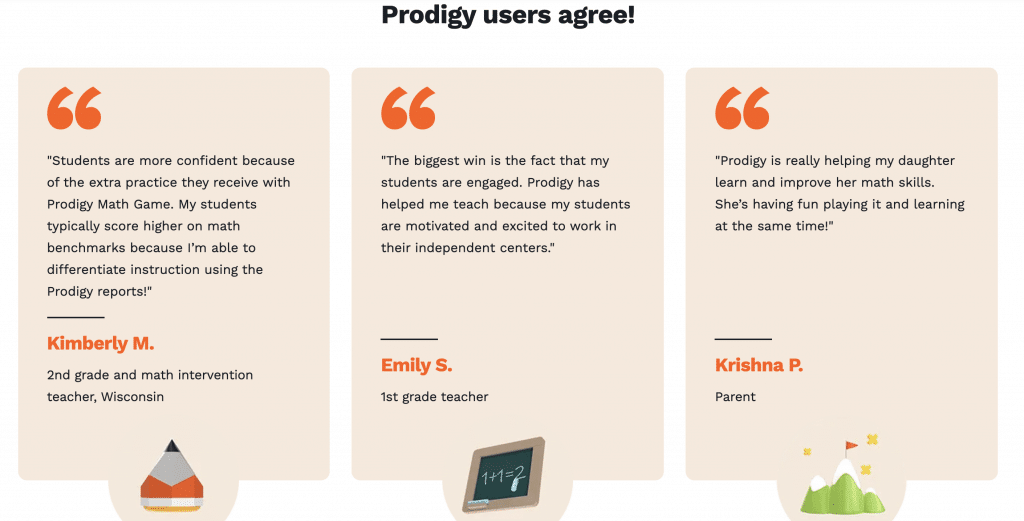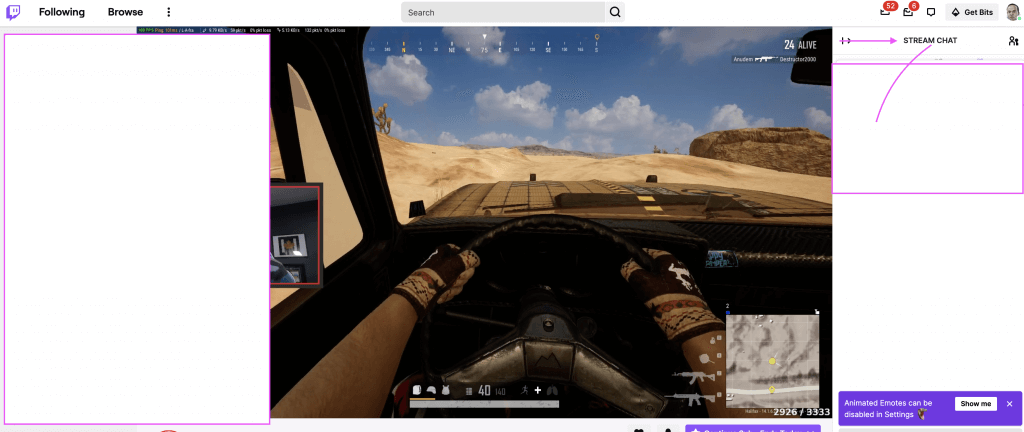Prodigy is a web-based math game that encourages independent learning. Its user-friendly interface and data-driven features make it a popular choice among teachers and students. Its safety and security features are a major plus, making it ideal for students who need a quick refresher on math skills. Moreover, the free version of Prodigy is available on mobile devices as well. This educational game is available to all users and is easy to navigate.

What is Prodigy?
Prodigy is an adaptive math-practice game that allows students to create colorful avatars in anime style and send them to the Wizard Academy for training.
Students’ characters travel the globe: They chat with wizards using a series pre-written chat comments and challenge their friends to fight in an arena. Math problems are the basis of wizard spells. Math problems are a way for students to improve their character and learn new spells against their enemies.
Students must use spells with success by using their math skills and answering questions that span a wide range of topics. If students fail to succeed the first time, they can get hints and another chance. They can still access hints, but they only have one chance to answer. As they gain more experience, they face more difficult monsters and earn gold that they can use for armor and other items.
When setting up classes, teachers can choose from several curricular standards, including Common Core Math, Ontario Math and NCERTS (England). Next, they can choose the skills that they want students to learn.
The web-based version can be used on tablets and computers, as well as the Prodigy Math Game App for iOS or Android. Clever integration makes it easier for students to sign on. Focus mode increases the time that kids spend doing math in the program. Teachers can also make use of the co-teaching feature to allow other instructors to work in the same dashboard.
All students will start with the same account. However, if a parent purchases a premium membership at their home, students will enjoy different experiences and perks. Students can see each other’s progress and play together, which can make students who can’t afford or don’t want an upgrade feel left behind.
How does Prodigy Work?
Prodigy’s original business model depended on advertisements rather than monthly subscriptions. Initially, subscribers were allowed unlimited time on the site. Afterwards, they could send up to 30 text messages and receive them for free. Later, they could purchase additional texts, if they wanted to. However, the company split its service into “Core” and “Plus” sections, with the Plus section having limitations on time. Once a subscriber reached his or her monthly usage limit, he or she would be billed an additional 25 cents.
As a teacher, you can manage the games in two ways: teachers can create accounts that are not restricted to the teachers’ website. On the other hand, parents can create accounts that do not have any access to the logged-in components of the teacher’s website. Despite being free, Prodigy’s free version can be used by students as a way to practice math skills. It also offers multiplayer modes, allowing students to play the game with other students.
During the tutorial, you can choose the class you wish to teach and select the avatar you want. Once you have selected an avatar, you can then choose a player name and enter the class information. Then, you’re guided through a tutorial that introduces the game and offers diagnostic tests. Once you’re familiar with the game, you can move on to playing with friends. But be sure that you keep in mind that the tutorial may contain some information that’s not helpful to you.
As a parent, it is important to understand that children need to play their favorite games with their parents. While Prodigy offers a variety of challenges for players, it does not offer a free version. It requires a subscription that costs $10 a month. The game is not suitable for young children who are just starting to play the game. The price of a subscription depends on the age of the child. But a child can pay for the game for a week by himself.
Prodigy is not suitable for every child. Its content is not very interesting and can distract children from learning math. Its ads include social play, membership, and shopping. The game’s aim is to divert attention from actual learning. While it does have some positive points, it is mostly a distraction. In addition to that, it is also not safe for children to play alone. You can also share the game with your friends.
UsingProdigy to Teach
It is important to think about how to deal with the inequity in perks or upgrades between students who have free accounts and those whose families upgrade. This could lead to inequity. Teachers and schools should work together to create a way for students to have premium accounts. This will ensure that they are all on the same playing field, and not be distracted by ads for premium upgrades. Parents should agree to free accounts if this is not possible.
Prodigy’s versatility is one of its strengths. It is easy to use for students at home and at school. It differentiates well and provides excellent in-game instruction so students can work at their own pace and grade level without worrying about the teacher. Prodigy is best used to review skills and not introduce new topics.
It is sometimes used by teachers as part of their math workshops or math stations. Teachers can also create quests or tournaments for students to set new goals and challenges. Math problems aren’t relevant to the setting so challenge students to create problems related to magic. For example, they could design problems that involve potion word problems or the geometry of magical stones. This fantasy setting lends itself to narrative writing extension assignments. Students can write background stories about their characters, or elaborate on the events of the game to increase investment and involvement.
Should you useProdigy?

Prodigy mimics the basic elements of fantasy-based online multiplayer gaming games, with a nod towards early ’90s games such as Zelda and Final Fantasy. This is a great way to keep children’s attention for at least the first time. The customization and setting will be a hit with kids. They’ll also enjoy the multiplayer mode, which will keep them engaged long after traditional math activities may lose their appeal. It adapts to the needs of children and provides useful data so that you can easily target concepts.

